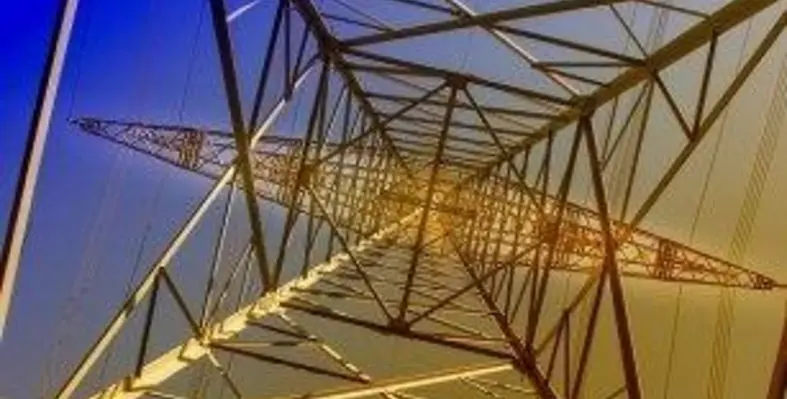The International Energy Agency’s World Energy Outlook (WEO) will be released today at 10:30AM CEST, exploring the impacts of the COVID-19 pandemic on the energy sector and the near-term actions that could accelerate clean energy transitions
Outcomes of the event, which was streamed in both English and Spanish, will feed into IEA’s enhanced work with Latin American partners as well as into OLADE’s 50th Meeting of Ministers. You can read about some of the key themes of the event in a joint op-ed by Dr Birol and OLADE Executive Secretary Alfonso Blanco that was published in El País (in Spanish), Folha de São Paulo (in Portuguese) and LinkedIn (in English).
Challenges and opportunities for global gas markets
Global gas demand is expected to fall by 3% this year – its largest drop on record. Faced with this historic fall, gas producers and exporters have had to provide flexibility to adjust supply, and LNG was one of the key enablers of this adjustment.
Yet in this extraordinary context, LNG contracting activity has collapsed in the first nine months of 2020, and about one-third of active contracts are due to in the next five years. These trends create an unprecedented challenge and opportunity for market participants.
The latest edition of the IEA’s Global Gas Security Review offers a detailed analysis of recent LNG contracting developments and assesses the role of flexibility in gas supply adjustment during the COVID-19 crisis.
Towards more sustainable steelmaking
Steel is vital to modern economies, and global demand for steel is expected to grow over the coming decades to meet rising social and economic needs. But meeting this demand presents challenges for the sector as it seeks to plot a more sustainable pathway.
Through innovation, low-carbon technology deployment and resource efficiency, iron and steel producers have a major opportunity to reduce energy consumption and greenhouse gas emissions, develop more sustainable products and enhance their competitiveness.
Learn more about the technologies and strategies necessary for the iron and steel sector to pursue a pathway compatible with the IEA’s broader vision of a more sustainable energy sector in the Iron and Steel Technology Roadmap, the latest report in the Energy Technology Perspectives series of publications.
North Africa’s pathways to clean energy transitions
Over the last decade, the countries of North Africa (Algeria, Egypt, Libya, Morocco and Tunisia) have managed to dramatically increase their renewable energy production despite significant social and political change. Through different circumstances and contexts, these countries have implemented initiatives and policies for clean energy transitions with tangible results.
From the increased deployment of renewables in Morocco and Egypt to the pursuit of energy efficiency in Tunisia, the achievements of North African countries offer lessons for the region and countries across the continent. The imperative for clean energy transitions is growing for oil and gas producers like Algeria and Libya – but the opportunity to direct existing expertise in the energy sector to help drive economic diversification efforts also holds significant promise.






